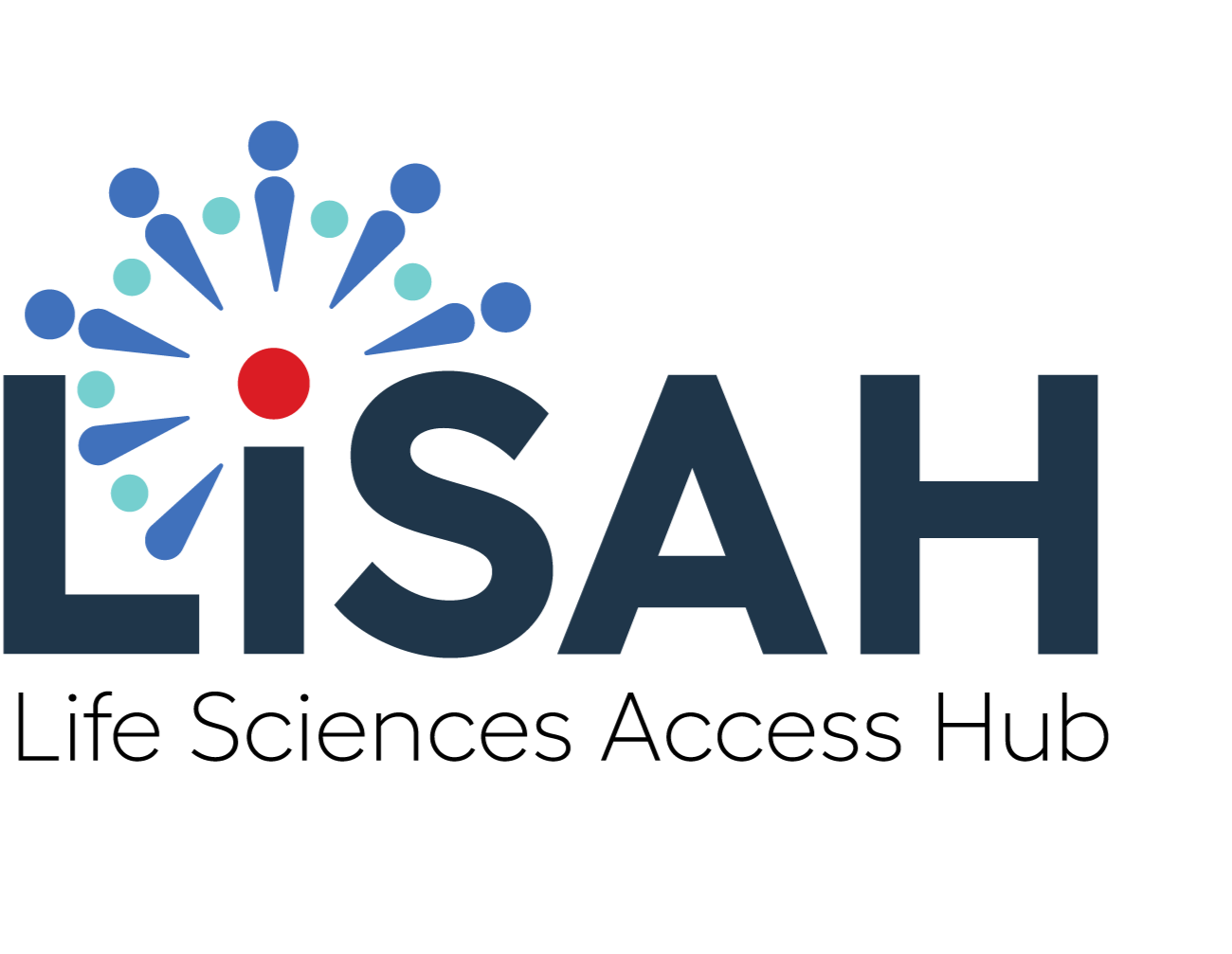National access
A key challenge for a life sciences product manufacturer is to address the varying needs of each national market. The access professional has to understand and satisfy the requirements of these authorities and purchasers. This section details what is required in each of a range of countries. We encourage you to contact us if you are particularly interested in a country that is not listed yet.
Although each country differs in the details of these processes, there is a significant degree of commonality in the process itself. We therefore adopt a common structure to address these steps across the different countries, and in each of these sections we describe how the country addresses each of these common elements of the access process, while proposing a typology of access approaches to help visualise the commonalities and distinguish national differences.
Alongside the elements of the access process we include a brief description of the regulatory approval process, a good working understanding of which is invaluable to the access practitioner. Some regions, such as the European Union, may benefit from a central regulator. However, the national regulator is a central player in deciding on aspects of key importance to the access practitioner, for example in the early access of a medicine. We therefore describe the national regulator's role in each of our country pages, while the international bodies are covered in the section on international access.
International collaboration may extend beyond marketing authorisation and into health technology assessment, for example with the European Joint Clinical Assessment that has started to be rolled out. Other regions may follow in combining their clinical assessments but individual countries will still mostly be conducting their own economic appraisals and pricing negotiations, and commissioners of health care will still be deciding how and when to introduce new treatments. Where regional collaborations occur these will be set out both in the country descriptions and in the international section.
